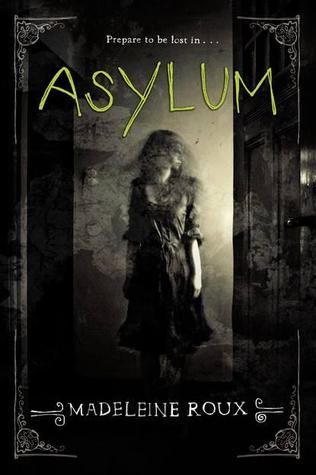Libraries
nowadays offer users valuable personalized services through online resources or
through librarians at reference desk. One of the services is readers’ advisory,
through which the librarian interviews the user about their needs to get
information to use to suggest titles and resources. While years ago titles were
exclusively books, nowadays librarians are well-kept on popular culture, and
can recommend movies, music cds, online resources and even apps.
In a study done by Dilevko and others, it was estimated that
most libraries in the United States offer the reader’s advisory service
(Dilevko & et al. 2007). But how did readers’ advisory start? And what
importance does it have for users of libraries today?
In his article, Crowley divides the history of readers’
advisory into four eras (Crowley, 2005):
·
1876 to 1920 -
"Inventing" Readers' Advisory
·
1920 to 1940 -
"Privileging Nonfiction" in Readers' Advisory
·
1940 to 1984 - Readers'
Advisory "'Lost' in Adult Services"
·
1984 to 2005 (current at
time of article) - "Reviving Readers' Advisory"
However, in their
book “Readers’ Advisory Service in North American Public Libraries 1870-2005),
the authors Juris Dilevko and Candice Magowan break down the history of
readers’ advisory in three, different eras:
·
1870 to 1916 - "The
Formative Years"
·
1917 to 1962 - "The
Commitment to Systematic Adult Education"
·
1963 to 2005 - "The
Devolution into Entertainment"
The American Library Association
has a long history of providing guidance and regulations to librarians and
libraries, and it is interesting that the founding of ALA took place in October
6, 1876, which marks the beginning of the first phase of reader’s advisory
history, “Inventing readers’ advisory”, as suggested by Crowley.
Other related factors to the
creations of the readers’ advisory service are the literary movements which
took place with the beginning of the 19th century, such as transcendentalism,
romanticism, realism and more. These movements sparked the love of reading and
the need for information, therefore it is not surprising to know that in 1897
the ALA president declared, “the personal influence of librarians who assisted
and advised readers was the most potent force in molding community reading.”
(Lynn, 1981)
However, according to Saricks
Joyce, documented readers’ advisory programs took place in the 1920s (Joyce,
2005). With the efforts of the ALA and its dedication to bringing information
for all, it outlined in a report published in 1926 the importance of readers’
advisory services. The ALA made the connection between adult education and
readers’ advisory, and libraries in that era started hiring librarians as
specialized full-time readers’ advisory experts, which created a ripple of
social change in societies.
Since the 1920s, there has been
some evident changes in the readers’ advisory service, and one of the changes
which is quite comparable to the initial marketing campaign of ALA in 1926 is
the change of including other age groups in this service, instead of labeling
it as a tool for adult education.
Moreover, librarians are being
trained for readers’ advisory services, which proves the importance of this
service and the need for it. Other genres are also included in this service,
especially the controversial ones such as the LGBT literature.
Another shift in the readers’
advisory service is its total integration in online environment and other
virtual means. Librarians are able to publish blogs, manage social media
accounts, create websites, design booklists and more. They can also chat with a
patron and recommend titles to multimedia items and books.
The history of readers’ advisory
is one of innovation and continuous dedication to learners and societies. However,
some libraries today struggle with the lack of library staff which could
eliminate the readers’ advisory expert position or include it in other tasks
for another library staff whom may not be trained in this service necessarily.
This point brings us to the main
topic of budgeting and reforming libraries’ funding, however, with these
obstacles, librarians are being creative and assertive in their quest of
providing information for users by utilizing the internet resources and staying
connected to their users.
I do hope to see a readers’
advisory expert in more libraries, moreover, I hope that libraries would recognize
the importance of this service and send their staff to seminars and trainings related
to readers’ advisory.
Works Cited
Crowley, Bill (2005),
"Rediscovering the History of Readers Advisory Service",
Public Libraries 44 (1):
37










